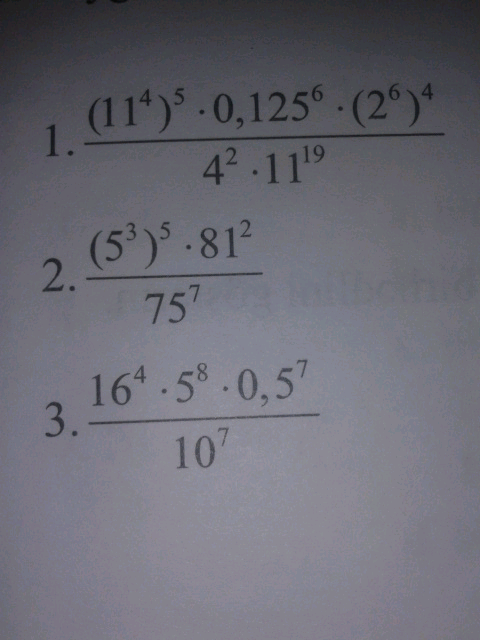
AllQuestion and Answers: Page 1596
Question Number 49816 Answers: 2 Comments: 0
Question Number 49815 Answers: 0 Comments: 3
Question Number 49810 Answers: 1 Comments: 1
Question Number 49809 Answers: 2 Comments: 1
Question Number 49806 Answers: 0 Comments: 1
Question Number 49804 Answers: 0 Comments: 1
Question Number 49803 Answers: 0 Comments: 0
Question Number 49802 Answers: 1 Comments: 0
Question Number 49800 Answers: 1 Comments: 0
Question Number 49798 Answers: 0 Comments: 0
$$\mathrm{help}\:\mathrm{me}\:\mathrm{sir}\:\mathrm{Plzzz} \\ $$
Question Number 49796 Answers: 0 Comments: 0

Question Number 49790 Answers: 0 Comments: 1
$$\mathrm{thank}\:\mathrm{you}\:\mathrm{very}\:\mathrm{much}\:\mathrm{Sir} \\ $$
Question Number 49786 Answers: 0 Comments: 1
Question Number 49785 Answers: 1 Comments: 0

Question Number 49776 Answers: 0 Comments: 0
$$\mathrm{could}\:\mathrm{you}\:\mathrm{help}\:\mathrm{me}\:\mathrm{sir} \\ $$
Question Number 49774 Answers: 1 Comments: 0

Question Number 49765 Answers: 2 Comments: 1
Question Number 49764 Answers: 0 Comments: 0
$$\mathrm{sir}\:\mathrm{help}\:\mathrm{me}\:\mathrm{pls} \\ $$$$ \\ $$
Question Number 49763 Answers: 0 Comments: 0

Question Number 49767 Answers: 1 Comments: 0

Question Number 49768 Answers: 0 Comments: 1
$$\mathrm{help}\:\mathrm{me}\:\mathrm{sir}\:\mathrm{plz} \\ $$$$ \\ $$
Question Number 49761 Answers: 1 Comments: 0
Question Number 49760 Answers: 0 Comments: 3

Question Number 49755 Answers: 1 Comments: 0
Question Number 49751 Answers: 1 Comments: 1
Question Number 49746 Answers: 1 Comments: 0
Pg 1591 Pg 1592 Pg 1593 Pg 1594 Pg 1595 Pg 1596 Pg 1597 Pg 1598 Pg 1599 Pg 1600
